Winter is Coming — How to Get Your Home Ready
Colder weather has officially arrived, and if your home is lacking proper insulation, then you’re probably feeling a bit of a draft. Just in time, here are some quick, simple, budget-friendly steps to make your home feel warmer.
Weather stripping: an effective and affordable draft-fighter
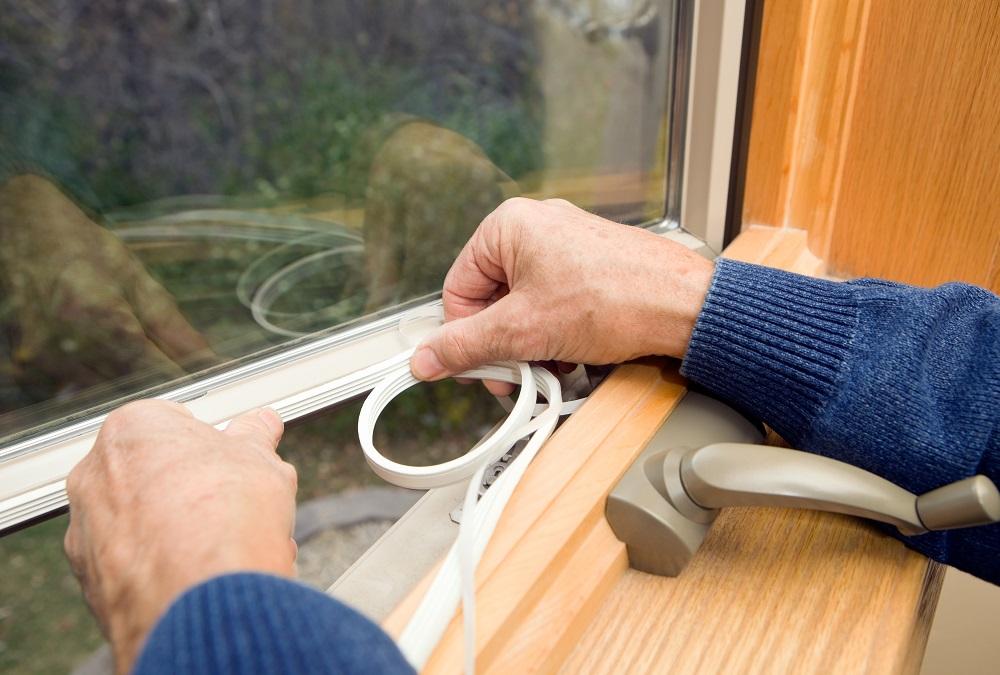
If your home feels drafty, it could mean your windows and doors aren’t functioning as efficiently as they should be. Live in an older cottage-style or Victorian home? You may have opted to keep the original windows and doors that match your home’s architecture. Or maybe double-paned windows, entry and patio doors with the highest energy star ratings just aren’t in your budget.
Weather stripping is a cost-effective solution for older windows that have worn out putty or doors with insufficient sealing and caulking. Here are a few types to consider:
Felt Rolls
Use around a door or window sash, or even in your doorjamb where it squeezes against the door. How to install: Cut to the length you need and staple, nail or adhere to the outside of window stops and inside the door casing grooves of newer doors. For older doors, insert between the door stop and the door. Make sure any surface you attach your stripping to is clean and dry.
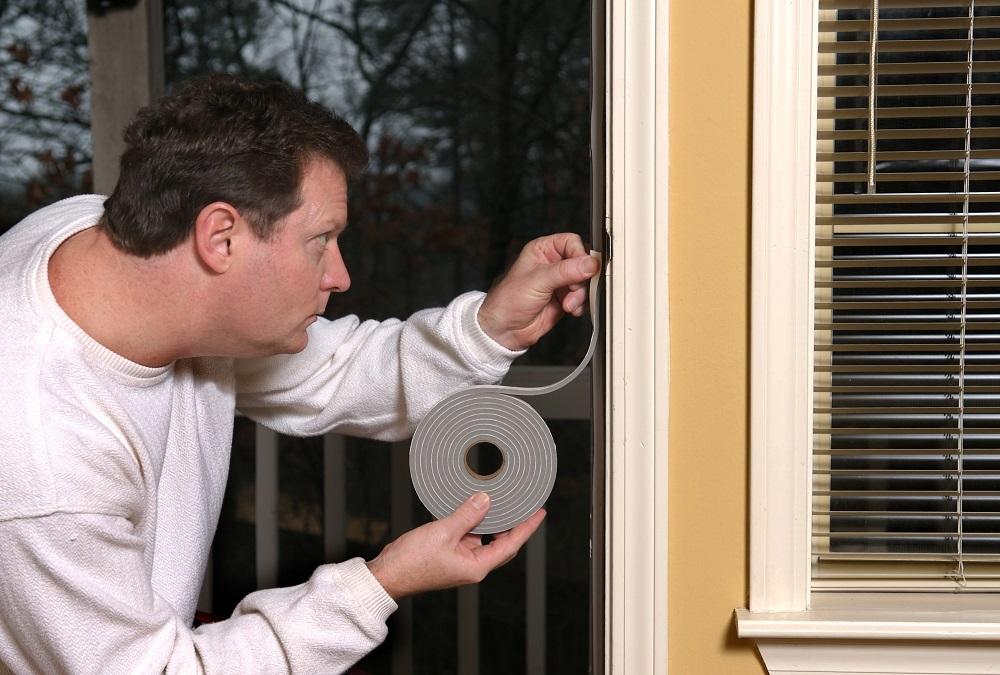
Homeowner applying weather stripping to stop air leaks around a doorway
Rope Caulk
Use it to fill small cracks and gaps around your windows and doors. Just pull off what you need and insert with your finger. If you’re planning to use silicone or other tube caulking, insert some poly foam caulk saver first to conserve the amount of caulking you use.
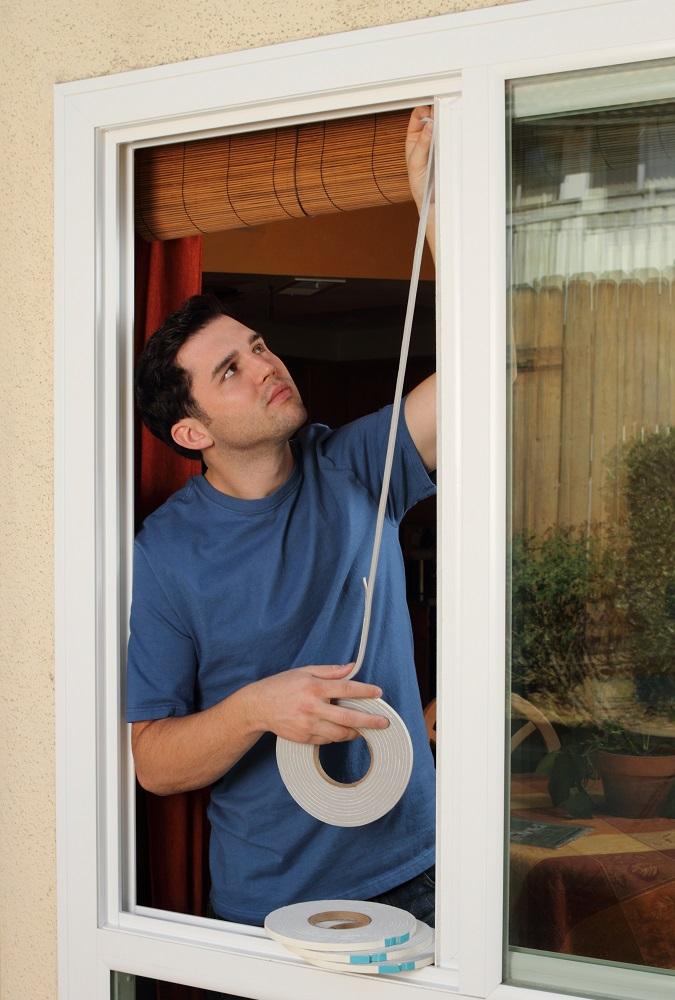
Energy saving here I come.
Additional quick insulation fixes.
Weather stripping is just one of your draft-blocking options. Here are a few other inexpensive ways to keep the warm inside.
Window shrink film
This acts as an airtight barrier to further insulate your windows from drafts. Apply with double-sided tape and use the heat from a hair dryer to create a tight seal around your windows.
Heavier curtains
Switch out lighter window curtains for a curtain made of velvet or heavy linen. Add door-length curtains to a glass door. Close to add privacy and warmth at night. Sweep open during the day and use as a dramatic entry accent.
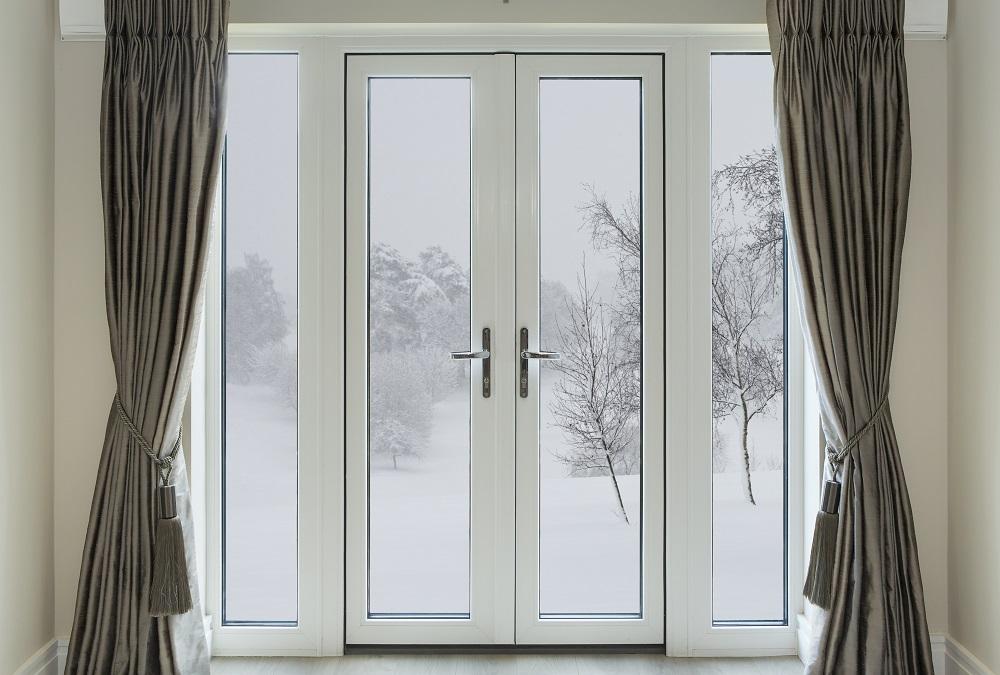
“beautifully crafted white double glazed French doors in a luxury home framed by bronze coloured silk curtains and ties, hanging from a bronzed curtain rail. The view through to the garden is towards a misty winter scene with snow on the ground and frosted trees.Looking for a window Please see my window collection including cut-outs with clipping paths by clicking on the Lightbox Link below…”
Door sweeps
This is a great way to keep drafts on the other side of the threshold. Door sweeps come in two forms: u-shaped pieces that slide under aluminum or steel doors and metal strips that screw, nail or staple to door bottoms. Door sweeps have an attached strip made of vinyl, plastic, sponge brush or other air-blocking material. Use it to fill the gap between the bottom of your door and the threshold.
To install, measure your door, fit the strip (cut to correct length if necessary), drill pilot holes and tighten with screws.
For a quick guide to a variety of weather stripping, including the types mentioned above, visit This Old House.
Keeping heat in from the top: insulating your attic and roof area
Still feeling a draft? Check the attic. Approximately 25% of a home’s heat escapes through the roof, so insulating up here may improve your home’s thermal efficiency, take some of the workload off your furnace and potentially lower your heating bill.
Short of getting an energy audit and the services of a professional contractor, you can install your own attic insulation without busting your budget. If you’re the do-it-yourself type, you should be able to insulate your attic in a weekend. Here’s how.
There are many types of insulation material you can use to fit between attic floor joists, from fiberglass to rockwool to cotton. Review this article to get a basic understanding of different attic insulation types.
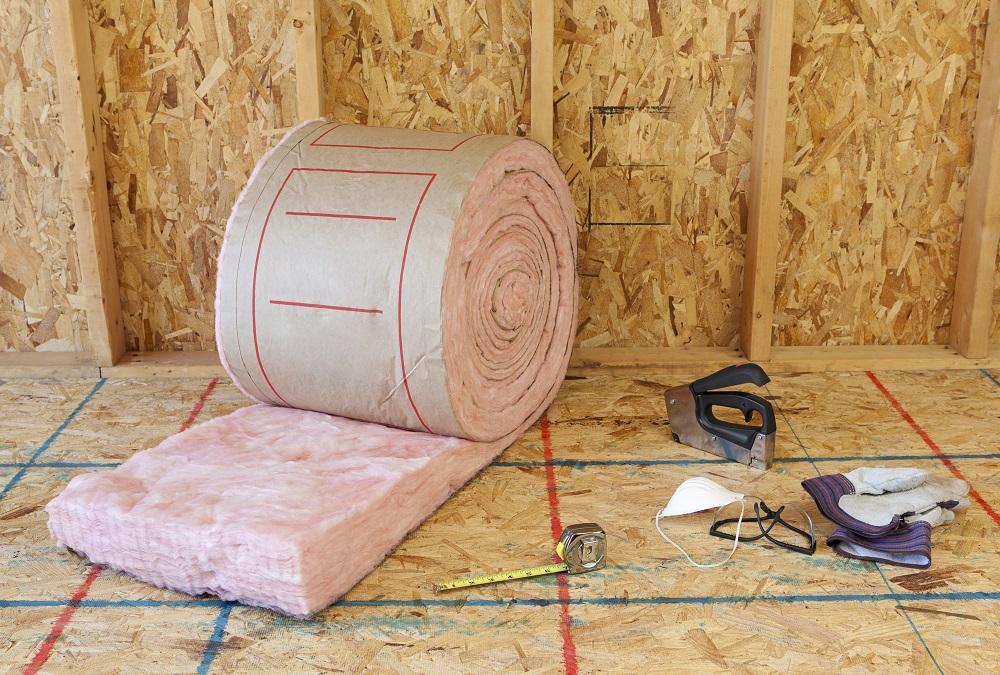
Wall ready for insulation to be installed.Please also see:
No matter which insulation material you use, be sure to follow these basic rules of thumb:
- Wear gloves, masks and goggles to keep material and dust away from your eyes, nose, mouth and skin.
- Lay your insulation batt perpendicularly across your existing insulation to cover gaps.
- Cut batting to fit around pipes, wires, electrical outlets and soffit vents.
- Avoid stuffing your insulation material too tightly into awkward spaces to keep from decreasing its R-value (ability to resist heat flow).
By making a few small updates, your home can be cozier and more energy efficient. You can add some warmth through design, too. For ideas, check out some of the ways you can give your home a cozy makeover.



